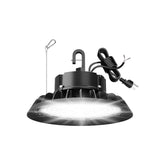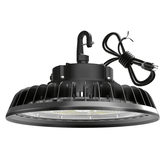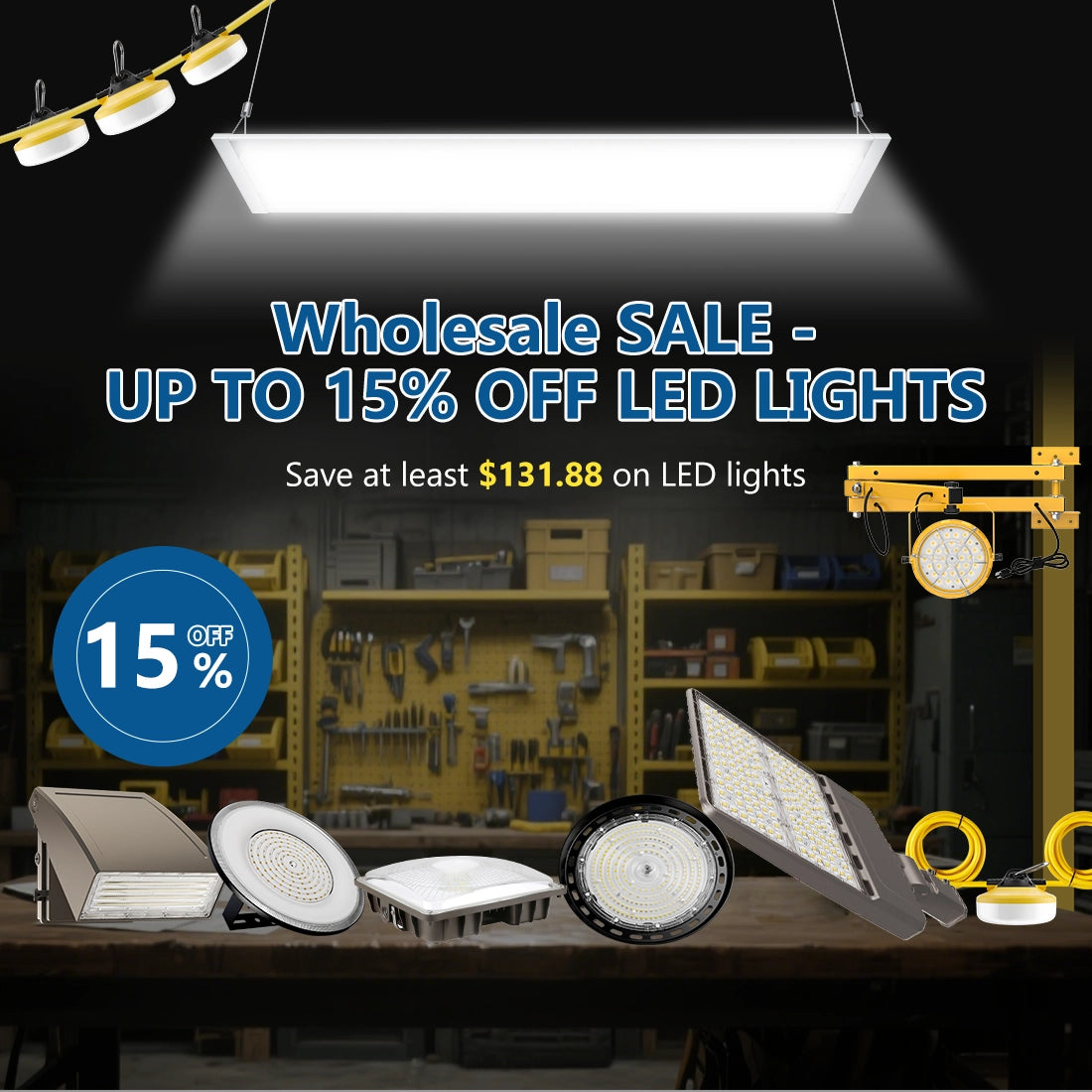Comparing LED Pole Lights with HID Fixtures For Parking Lots: A 2025 Cost-Saving Breakdown
Introduction: The High Stakes of Parking Lot Lighting
A poorly lit parking lot isn’t just an inconvenience—it’s a liability. According to FBI crime statistics (2024), 60% of parking lot thefts and assaults occur in areas with inadequate lighting. Meanwhile, traditional High-Intensity Discharge (HID) fixtures drain budgets silently: A typical 100-lamp HID system wastes over $18,000 annually in energy and maintenance costs. In this guide, we dissect why parking lot pole lights LED are dominating commercial upgrades, backed by 2025 performance data and real-world case studies.
Head-to-Head: LED vs. HID in 6 Critical Dimensions
1. Energy Efficiency: lm/W Matters
-
LED Pole Lights: Deliver 140-200 lm/W (DLC V5.1 certified), outperforming HID’s 70-80 lm/W.
Example: Replacing 100 HID lamps (400W each) with outdoor LED pole lights (150W) slashes energy use by 62%, saving $11,000/year. - HID Fixtures: Lose 15% efficiency within 2 years due to lumen depreciation.
2. Lifespan: 10x Longer, 90% Less Maintenance
- LED Pole Lighting: Rated for 100,000+ hours (UL认证).
-
HID Lamps: Fail at 15,000-20,000 hours, requiring frequent bulb/ballast replacements.
Cost Impact: Over 5 years, HID maintenance costs $185 per fixture vs. LED’s $22 (see table below).
| Cost Factor | HID | LED |
|---|---|---|
| Energy Cost (5 yrs) | $52,000 | $19,500 |
| Maintenance (5 yrs) | $18,500 | $2,200 |
| Carbon Tax (5 yrs) | $3,800 | $0 (RE credits) |
| Total Cost of Ownership | $74,300 | $21,700 |
3. Smart Controls: Beyond Basic Motion Sensors
Modern pole LED lights integrate with:
- LoRaWAN Networks: Adjust brightness based on real-time occupancy (30% power during off-peak hours).
- Fault Predictive Analytics: Send alerts for voltage spikes or driver issues, reducing downtime by 90%.
- *Example: A Midwest mall cut energy bills by 40% using radar-triggered dimming.
4. Extreme Weather Resilience
-
Cold Start Test (UL Lab):
- LED: Full brightness in 0.5 seconds at -40°C.
- HID: Takes 15 minutes to warm up at -20°C.
- IP66 Protection: LED housings withstand hurricanes and dust storms, while HID seals degrade in 3 years.
5. Light Quality: Safety Meets Precision
- LED: 80+ CRI reveals true colors (critical for surveillance cameras).
- HID: 60-70 CRI distorts hues, creating blind spots in security footage.
6. Regulatory Compliance
- DLC V5.1 Standards (2025): Require 140 lm/W and smart-ready drivers—criteria most HID systems fail.
- Federal Tax Credits: 30% rebate for LED retrofits (IRS Form 8911).
Installation Masterclass: Avoid These Costly Mistakes
1. Height-to-Spacing Ratio
- Formula: Pole Height (ft) = 0.7 × Spacing Distance
Example: 30ft poles should be spaced 42ft apart for uniform illumination.
2. Optics Selection
- Type III (Rectangular): Ideal for perimeter lighting.
- Type V (Circular): Best for open parking areas.
3. Retrofit vs. New Build
- Retrofit Kits: Save 40% on LED pole light fixtures installations by reusing existing poles.
- Warning: HID ballasts often need removal—hire certified electricians to avoid fire risks.
The Future Is Adaptive: 2030 Trends to Watch
- Human-Centric Lighting (HCL): Tunable LEDs that mimic daylight cycles, boosting nighttime worker alertness.
- Solar Hybrid Systems: Off-grid outdoor LED pole lights with 72-hour backup (pilot projects in Arizona show 100% energy independence).
Case Study: From Liability to Asset
A Texas hospital upgraded 200 HID fixtures to parking lot pole lights LED, achieving:
- 65% lower energy bills ($82k → $29k/year).
- Zero violent incidents post-upgrade (vs. 12/year previously).
- 20-year warranty coverage vs. HID’s 1-year limited terms.
FAQ: Quick Answers for Decision-Makers
Q: Can I retrofit HID poles to LED?
A: Yes, but verify pole structural integrity—LEDs weigh 50% less but may need wind-load recertification.
Q: Do LEDs cause glare?
A: Not with Type III optics and 3000K-4000K color temps. Always request IES files for glare analysis.
Q: How to handle light trespass complaints?
A: Use shields and 90° cutoff optics (required by Dark Sky Association).
Lighting That Pays for Itself
The math is undeniable: LED pole lighting pays back its cost in 2-3 years via energy savings alone, while HID systems bleed cash. With 2025’s smarter controls and tax incentives, delaying an upgrade is the real expense.
Act Now: Use our free ROI Calculator to project your savings.








